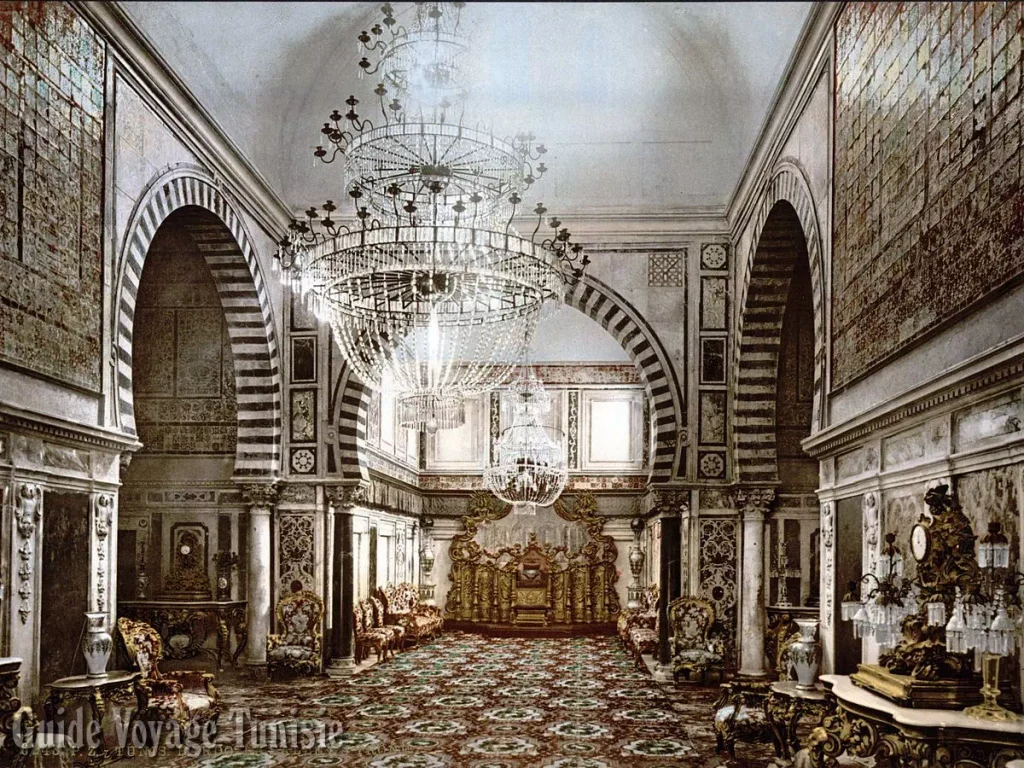Bardo National Museum
The Bardo National Museum, established for more than a century in the heart of a beylical palace, is the oldest museum in Tunisia and the largest in the world by the number of mosaics.
The museum contains thousands of objects collected during excavations conducted across the country.
These objects, grouped by department and distributed in about fifty rooms and galleries, testify to the different stages crossed by Tunisia, from prehistory to the middle of the last century. They are, in chronological order: prehistory, the Libyan Punic period, the Roman and early Christian periods, with the Vandal and Byzantine sequences and, finally, the Islamic period which extends to the contemporary era.
The Bardo Museum has acquired world renown thanks to its collection of mosaics, considered the richest, most varied and most refined and which finds among its most beautiful illustrations the paintings representing Virgil surrounded by muses, or the floor representing Dionysus donating the vine to Ikarios, or that other celebrating the triumph of Neptune, to name but a few centerpieces. But this is not the only richness of the museum.
Among the Major Pieces of the Bardo, mention should be made of the “hermaïon”, an altar from the Mousterian era (-40,000 years ago) considered to be one of the very first forms of spiritual expression of humanity: a conical heap of 75cm high and 1.50m wide and made up of more than 4,000 flints, bones and limestone balls.
From the Punic period, it is necessary to point out the superb solid gold armor of a Campanian warrior, the jewels, the stele of the priest carrying a child to the sacrifice; without forgetting the many objects of refined funerary furniture from various Mediterranean countries and which constitute the Greek and Egyptian collections of the museum.
The Greek collection was providentially enriched by the fruit of excavations, carried out in the 1940s off the coast of the city of Mahdia, in the wreck of a boat sunk by the storm around the 1st century and which transported the furniture and architectural elements of a patrician dwelling from the Hellenistic period. Among the masterpieces brought back from the funds: a superb Agôn in bronze, 1.20 m high.
The Roman period provided most of the Bardo collections: mosaics, of course, but also statuary, pottery, jewellery, coins, objects of worship, everyday objects, etc.
The Islamic department contains, in an Arab-Islamic decor, objects from various periods, manuscripts, jewellery, carved stones and wood, everyday objects from the land. Around an elegant patio, two small rooms contain objects that belonged to the reigning family, and a third room contains objects of Jewish worship.
The Bardo National Museum in pictures

